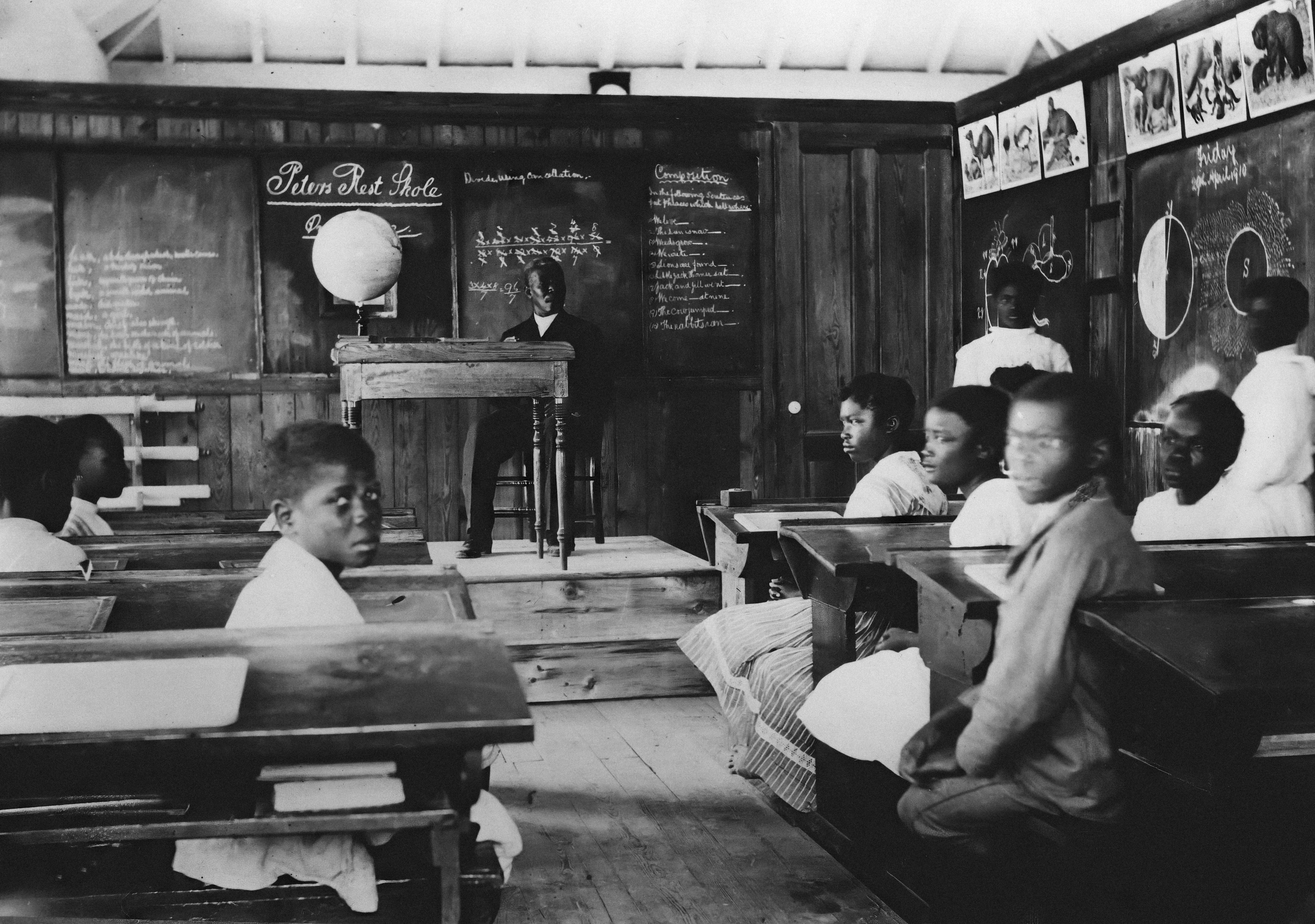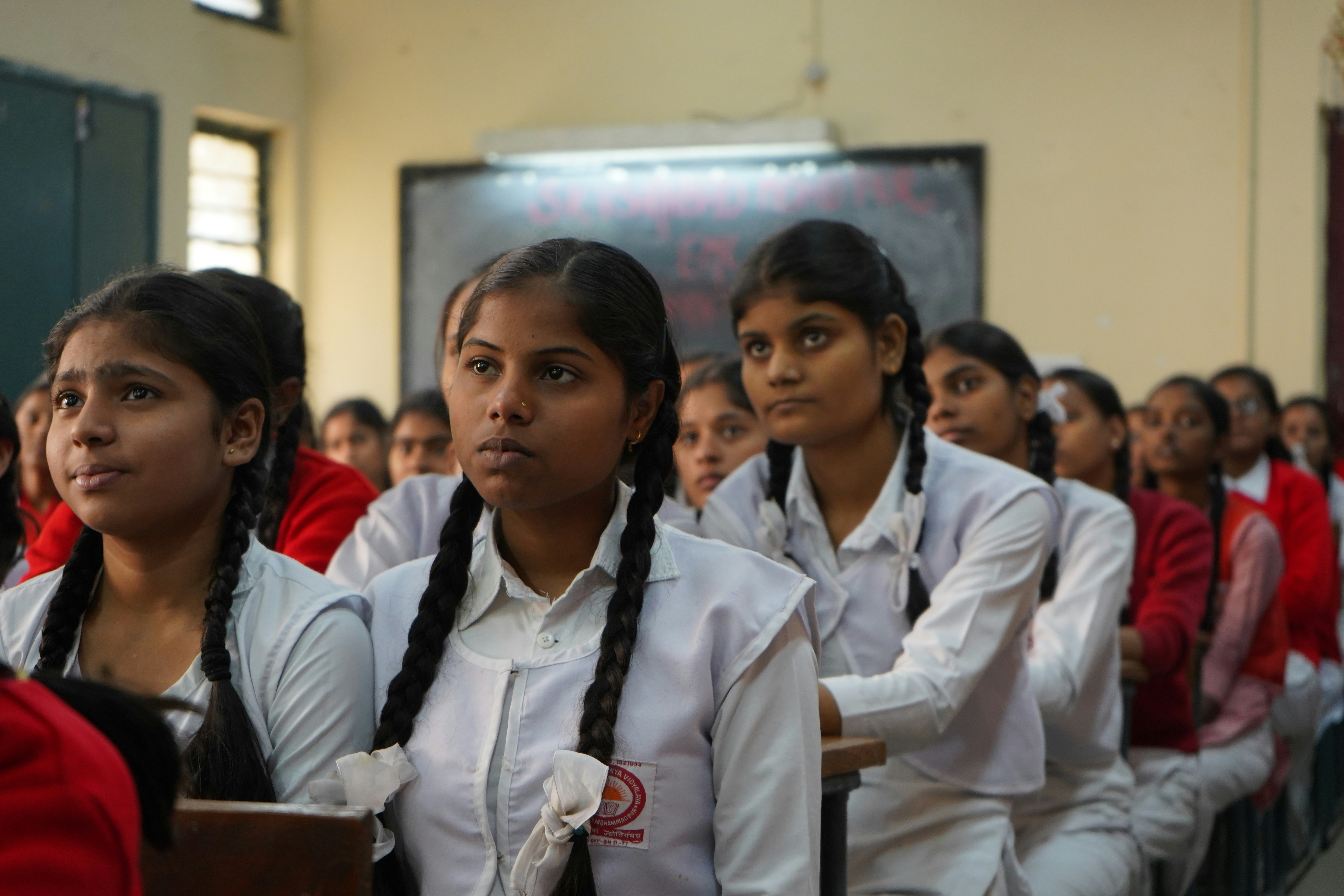
Debate on female education is better than male education is heating up more than ever. Surprised? You’re not alone. Research conducted in the recent times indicates girls excel better than boys at educational institutions worldwide. What’s going on here? Why are females pulling ahead?
The improvement extends beyond academic achievements shown through testing results and grades. It’s deeper than that. Social transformations along with cultural modifications as well as variations in gender role perceptions represent what we are discussing. This article will investigate both the apparent growth of female education as well as determine whether girls achieve greater educational success than boys. This report aims to examine the established data as well as concepts and estimated trends.
The chat around female education today goes beyond mere academic brilliance. It’s about the idea of being empowered, grabbing opportunities, and pushing for fairness. As more girls get into school and start topping their classes, the world can’t help but notice the huge promise they carry—not only for themselves but for society overall. Stick with us here, and we’ll unravel why the horizon is looking so promising for women in education and how this trend might eventually tweak our whole view on learning, success, and gender roles.
Historical Context of Gender Differences in Education
Looking back, things weren’t always this way. For many centuries, girls were mostly stuck at home learning housework and other domestic skills, getting ready more for marriage rather than a classroom. Meanwhile, boys were the ones sent off to school to pick up the know-how needed for careers and positions of leadership. But, you know, times have flipped dramatically in recent decades. Countries all over are now putting a huge focus on schooling for girls, and the payoff is visible. Today, more women are finishing high school, enrolling in colleges, and even bagging advanced degrees than ever before. This change is tied up with shifting social attitudes and a growing push for gender equality in education.
The climb in female education isn’t merely about stats. It’s really about swinging open doors to new opportunities. As more girls get educated, they start making waves in the workforce, sparking positive change, and breaking down limits that once seemed set in stone. It all began with shedding the old traditions that kept so many from learning.
Statistical Evidence of Female Academic Superiority
Now, let’s get into the numbers. If you take a close look at the data, it’s pretty clear that, in many places around the world, Female education is better than male education. Research shows women generally graduate from high school more often, head off to college in greater numbers, and stick it out to complete their degrees. In fact, right here in the United States, women have been earning more bachelor’s degrees than men for several years now. Recent figures suggest that nearly 60% of college students are women, and they tend to finish their programs at a higher rate. This pattern isn’t isolated—it pops up in the UK, Canada, and even across many Scandinavian countries.
And it doesn’t stop at just earning degrees. Studies indicate that on standardized tests—especially in reading—girls generally edge out compared to boys, reinforcing this broader narrative of academic excellence among young women. Even when you look at everyday writing assignments, it seems girls have built up a study routine that’s both solid and persistent—a real knack for balancing homework with genuine effort.
But why does this appear to be the case? Some experts reckon it’s really a mix of different things at work. Generally speaking, girls seem more disciplined and focused on their studies. They’re often drawn to education because they see it opening up opportunities later on. In most cases, these combined factors help explain why, in several parts of the world, female education outpaces that of males.
Contributing Factors to Female Academic Success
After the numbers catch your eye, it’s worth digging into what might be making girls perform better in school. It isn’t solely about natural talent; it’s a jumble of social, biological, and cultural forces that nudge them forward in their learning journeys.
A. Biological and Developmental Aspects
Ever considered that basic biology might be partly to blame for the academic gap? Research generally points out that girls tend to mature a bit earlier than boys. This early burst in brain development seems to let them concentrate more easily, juggle tasks with a bit more finesse, and even develop stronger verbal skills. Meanwhile, many boys can struggle with staying on task or check impulsiveness, especially when they’re younger.
Now, this so-called biological edge isn’t a decree that boys can’t do well—it simply means that on average, girls start off with a slight head start in essential skills like reading, talking, and staying organized, all of which matter a great deal in a classroom.
B. Educational System Dynamics
Switching gears, the way schools are set up also seems to give girls an advantage. Many traditional classrooms appear to vibe more naturally with them. Studies often note that girls pay closer attention, tend to finish their homework methodically, and follow instructions more reliably. They also usually manage to forge better relationships with teachers, which helps keep their interest in learning alive.
Often, educators view girls as more cooperative and hardworking, and so they pile on extra praise and encouragement. This extra support can spark a cycle of success where girls keep excelling and attracting even more positive attention.
Also, a lot of schools emphasize subjects like language arts—areas where girls typically shine. In contrast, subjects such as math and science, where boys might traditionally do better, often don’t get the same early boost for both groups. By the time high school rolls around, those early differences start to show up clearly in overall performance.
C. Socioeconomic Influences
Lastly, we can’t overlook the impact of socioeconomic trends. In many parts of the globe, families are now more inclined to invest in their daughters’ education. In regions where schooling for girls hadn’t always been top priority, parents are increasingly realizing the long-term benefits of a good education for their daughters. This changing mindset is a pretty strong factor behind the rise in female academic achievement.
In places where education is seen as a gateway to a better future, girls are more likely to attend school regularly and eventually graduate. And as more women enter the workforce, they often help support their families financially—which, in turn, creates a kind of positive feedback loop that benefits the next generation.
Looking at all these layers, it becomes clear that female education isn’t just about having access to classes—it’s really about an entire ecosystem that supports and nurtures girls’ success in school.
V. Implications of the Female Academic Advantage
Now that we’ve seen how female academic strengths begin to take shape, it’s easy to imagine how these factors might influence future trends in education… Education seems to trump male-focused schooling in a bunch of ways—think about how this shakes things up worldwide. Women’s academic wins aren’t just a personal victory; they’re a win for society at large. When women get a solid education, it echoes out to families, neighborhoods, and even the broader economy.
A. Labor Market Outcomes
One really big perk of educating women comes in the job scene. Research generally suggests that women with a higher level of schooling tend to land better positions, earn higher wages, and climb the career ladder more often. Across numerous countries, women now represent a substantial slice of the workforce, and their education has been a major driver of that change.
Yet, it’s not solely about checking off personal milestones. When women are well-educated, they also help fuel a thriving economy. Often, these educated women launch businesses, emerge as trailblazers in different sectors, and spark innovation. Quite simply, the more women that are educated, the brighter the overall economic outlook.
B. Social and Economic Development
There’s another side to all this: the social and economic upsides of female education. Girls who get a good education tend to invest more in their family’s health, schooling, and well-being. Often they choose to have fewer children, which usually means they can offer more focused support to their families.
Studies generally reveal that educated women get deeply involved in community uplift, pushing for better healthcare, improved schooling, and a host of general advances. As more girls gain a solid education, the whole community feels that ripple, benefiting from the wave of progress.
Addressing the Disparity: Strategies for Improvement
Even though female education brings many benefits compared to its male counterpart, there’s still plenty to do. It isn’t just about celebrating female success; it’s equally about carving out fair chances for boys to excel. So, what steps can be taken to help boys shine academically?
A. Policy Recommendations
A practical route to balancing out the disparity is by rolling out policies that zero in on areas where boys might be falling short. This might mean rethinking classroom methods to better match how boys tend to learn—many studies, in most cases, point to more hands-on and physical team activities as helpful.
Both governments and schools can set up support systems that keep boys engaged, whether that’s via mentorship, after-school clubs, or targeted initiatives that stress how important education really is. It’s about shaping an atmosphere where boys feel both supported and motivated.
B. Community and Parental Involvement
Families and local communities also weigh in heavily on how well boys perform at school. Sometimes, boys just don’t get the same encouragement that girls do. By actively pitching in—helping with homework, showing up for school events, or just setting pretty high expectations—families can really lift boys’ academic performance.
Community programs, too, can lend a hand by offering after-school activities that mix fun with learning. These initiatives help boys build the social skills and self-discipline needed for academic success. In the end, when communities rally together, everyone’s educational prospects get a boost. Join forces to help every student—and in doing so, we all win.
C. Redefining Masculinity and Success
Many societies tend to tie success to raw strength, command, or wealth; yet learning holds equal weight. In plenty of cases, boys must grasp that success isn’t about sticking to a cramped, predetermined route. It’s about getting a good education, chasing what truly sparks your interest, and lending a hand in your community in ways that matter.
When we widen our view of what it means to be masculine by championing education, boys can build genuine confidence in the classroom. Repeatedly encouraging young men to value curiosity, intelligence, and the joy of learning can help loosen the grip of outdated stereotypes that can hold them back.
Conclusion
Ever wonder why, on the whole, Female education is better than male education? Generally speaking, girls are showing higher graduation rates and perform consistently well in class. However, this isn’t just about one gender outperforming the other—it’s about setting up a system where each person, regardless of being male or female, gets a fair shot at success.
The surge in female education represents a powerful shift on a global scale. Still, if we’re aiming for real equality, then we also need to make sure boys get the academic boost they require. When both boys and girls are supported equally, the whole community benefits. It’s time to applaud the gains seen in female education while also redoubling our efforts to raise the bar for every student.
In the end, education unlocks a brighter future for everyone; let’s keep striving for a world where every young person—girl or boy—is empowered to reach their full potential.
FAQ: Female Education is Better Than Male Education
- Why is female education better than male education in many countries?
- Sometimes it seems like girls just kick off with an edge—often their brains start developing sooner, which can give them that little boost in understanding things early on. You might hear that girls also show a bit more focus and stick-to-itiveness in school, and research generally backs this up, even if not every single study agrees. This mix of early brain growth and steady discipline tends to help girls reach higher graduation rates and snag better grades.
- How does having better female education shape our communities overall?
- When female education is better than male education, it kind of ripples out into the community in unexpected ways. Educated women tend to fuel local economies, help keep families healthier, and even end up taking on leadership roles in their neighborhoods. In most cases, they pass on that love for learning to their own children, creating a cycle of education that subtly changes things for the better over time.
- Is female education really better than male education in terms of academic success?
- For many parts of the world, yes—girls are often seen racking up better graduation stats, scoring higher on standardized tests, and filling up spots in higher education at a quicker clip. The focus on empowering girls has, in most cases, led to noticeable improvements in academic success, nudging schools and systems to evolve in unexpected ways.
- What are the factors contributing to why female education is better than male education?
- A few key bits seem to tip the balance. First, the head start with brain development. Then there’s the whole social vibe that often pushes girls to do better in class, almost as if the system itself is more in tune with how they learn. It’s like all these factors—biological and cultural—come together in a way that gives girls a sort of academic edge, even if it’s not a neat or fully predictable pattern.
- How can we balance the education system so that female education is better than male education for both genders?
- It might sound a bit odd, but even with girls generally pulling ahead, it really makes sense to aim for a balance where everyone gets a fair shake. In most cases, that means putting in place programs that address the areas where boys might struggle—maybe through targeted mentorship or tailored support—so that the differences smooth out a bit. Ultimately, it’s about creating a learning environment that appreciates each student’s unique needs, even if it means occasionally shaking things up a little.





